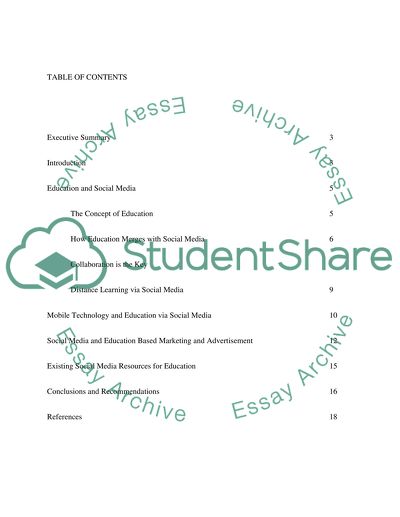Cite this document
(“The Impact of Social Media on the Education Sector Outline”, n.d.)
Retrieved from https://studentshare.org/information-technology/1394017-the-impact-of-social-media-on-the-education-sector
Retrieved from https://studentshare.org/information-technology/1394017-the-impact-of-social-media-on-the-education-sector
(The Impact of Social Media on the Education Sector Outline)
https://studentshare.org/information-technology/1394017-the-impact-of-social-media-on-the-education-sector.
https://studentshare.org/information-technology/1394017-the-impact-of-social-media-on-the-education-sector.
“The Impact of Social Media on the Education Sector Outline”, n.d. https://studentshare.org/information-technology/1394017-the-impact-of-social-media-on-the-education-sector.


